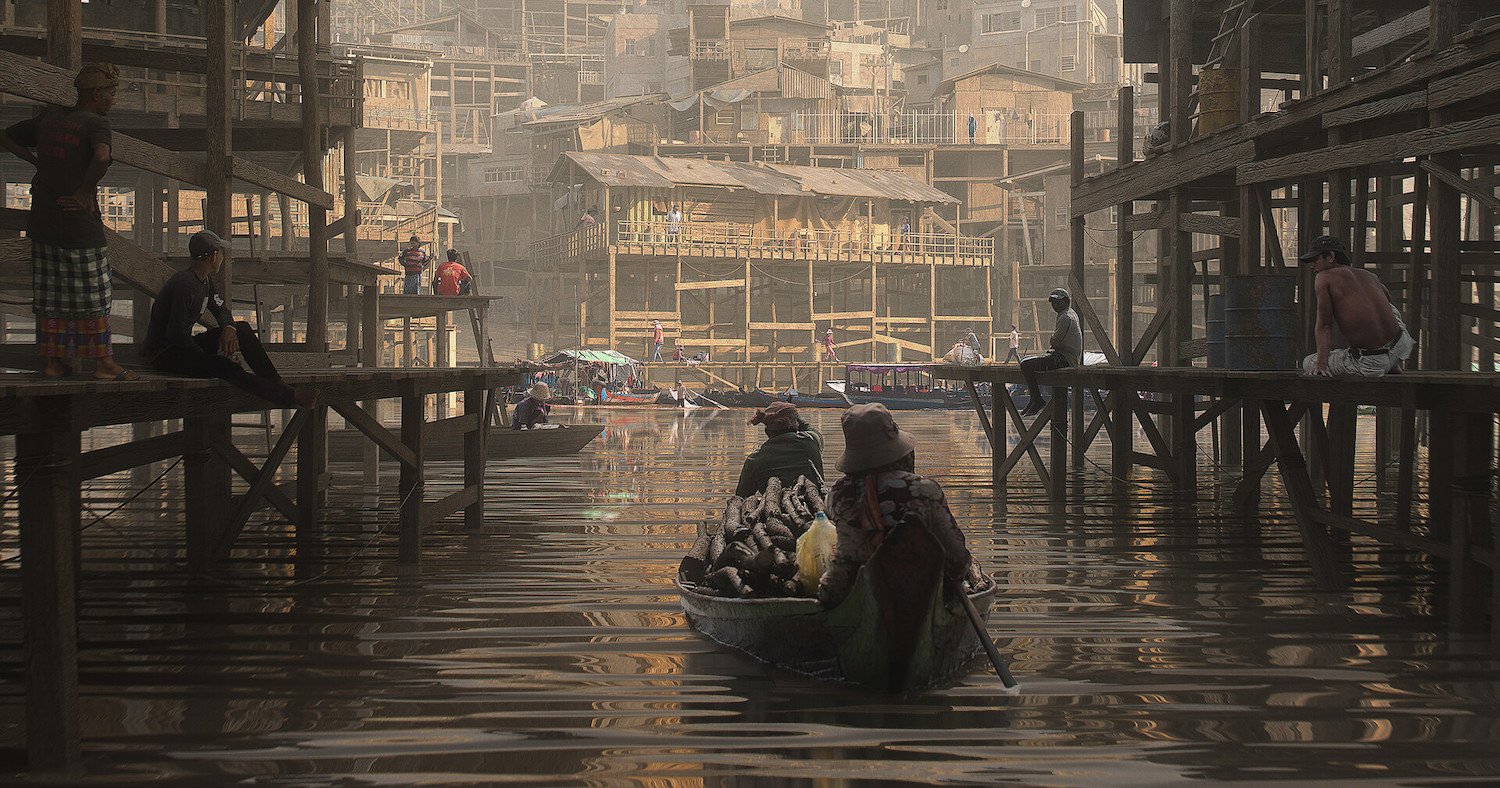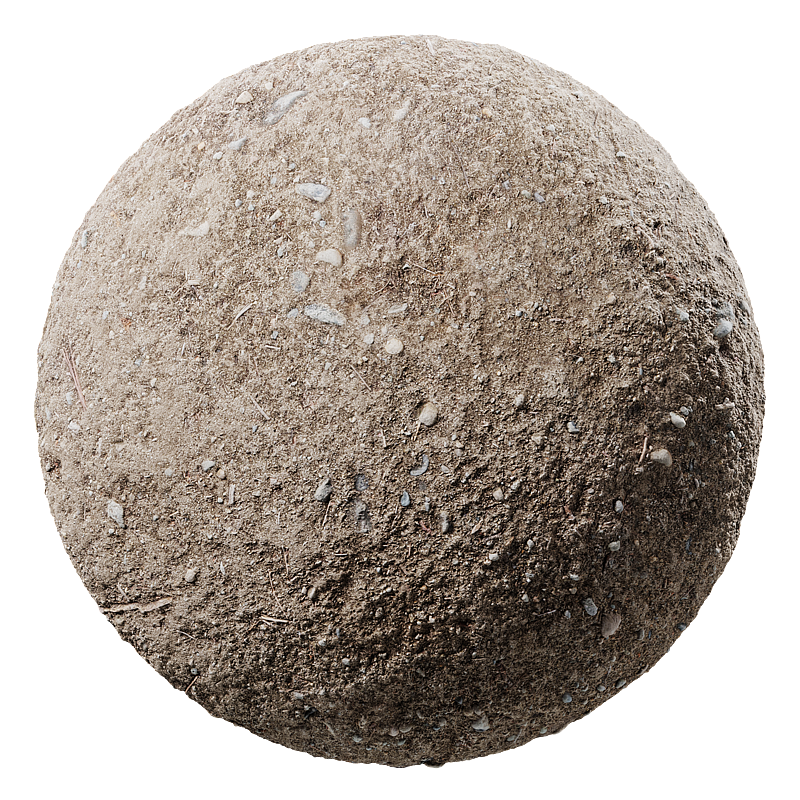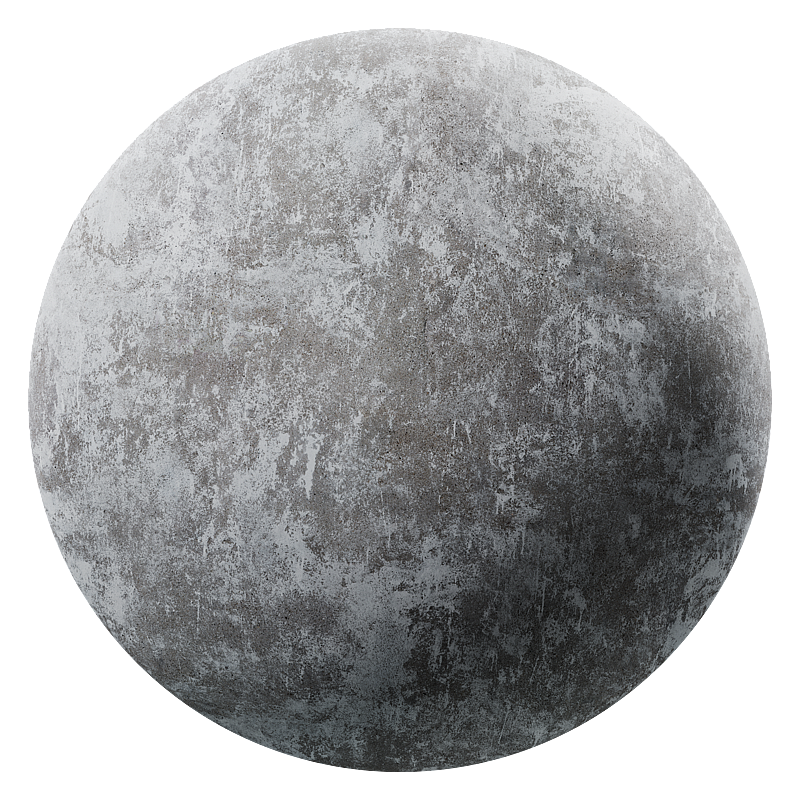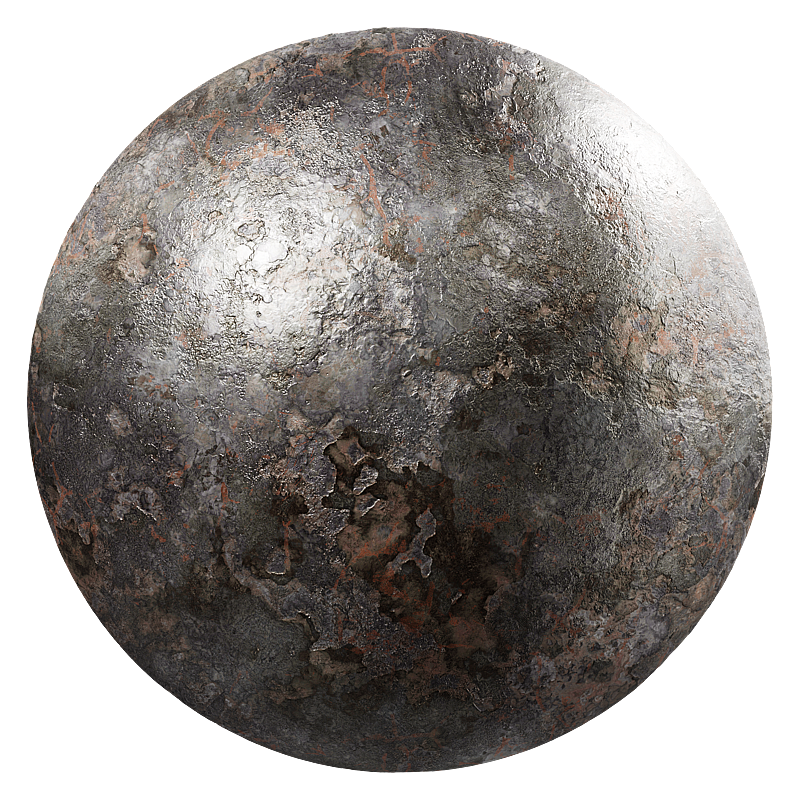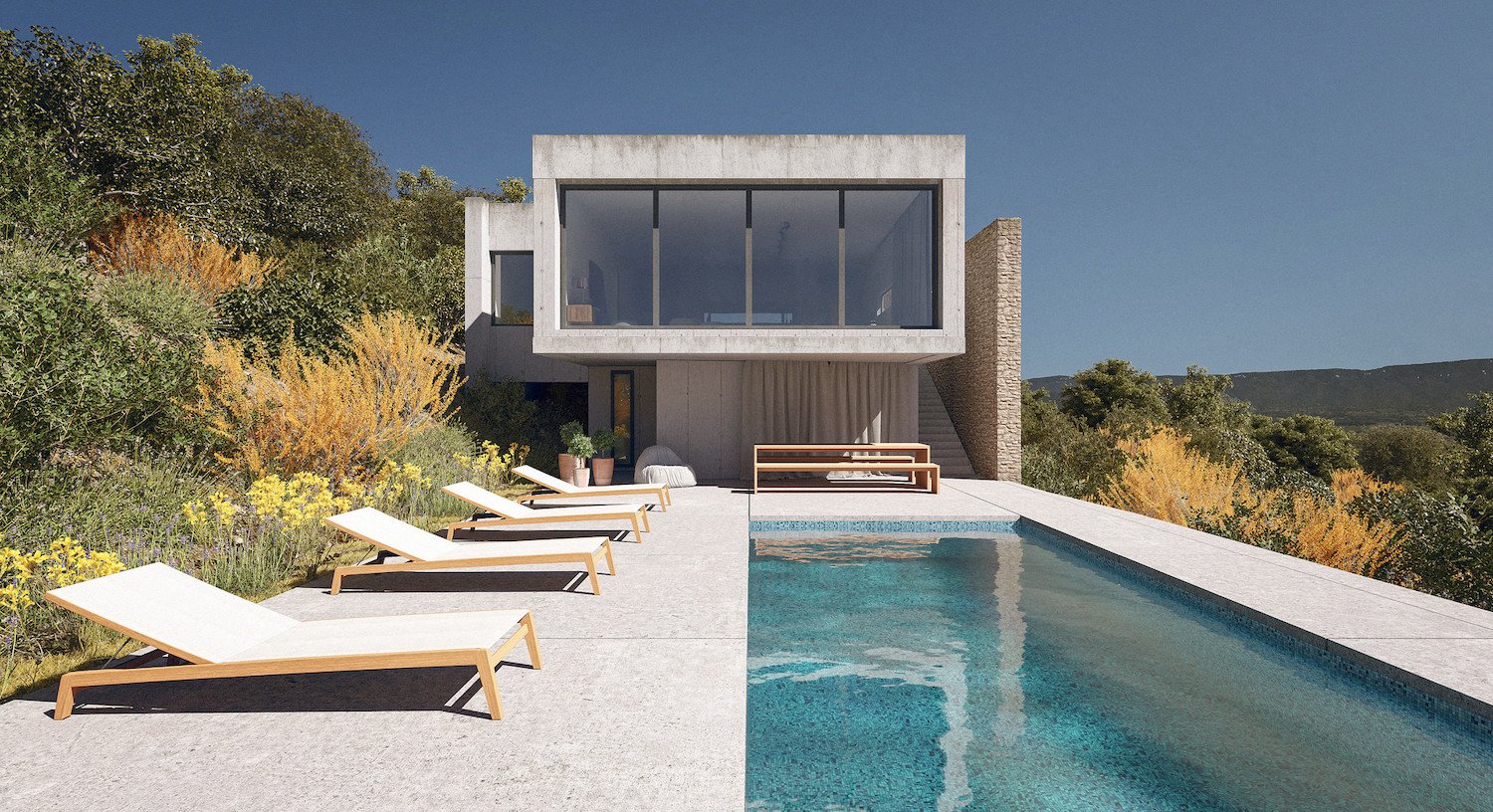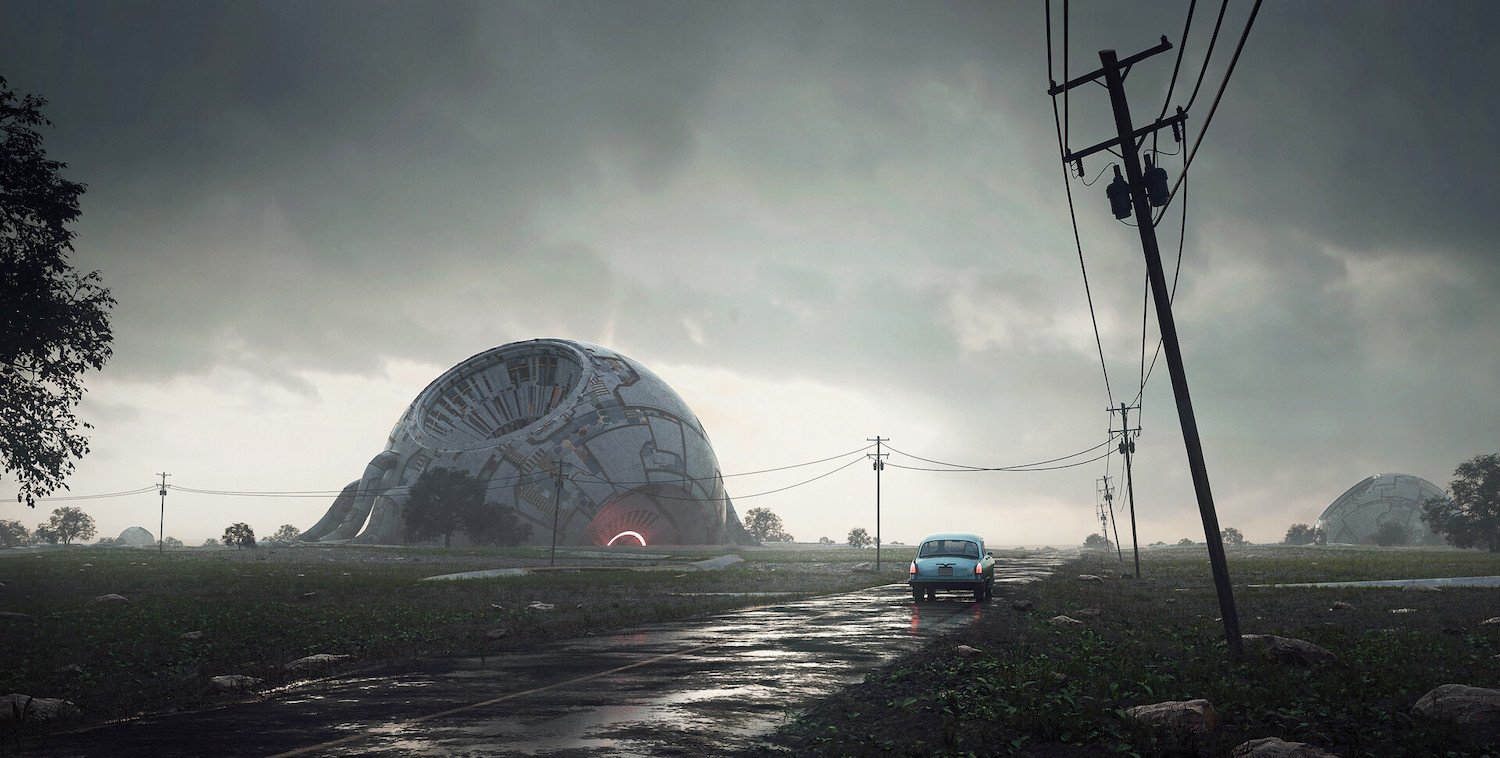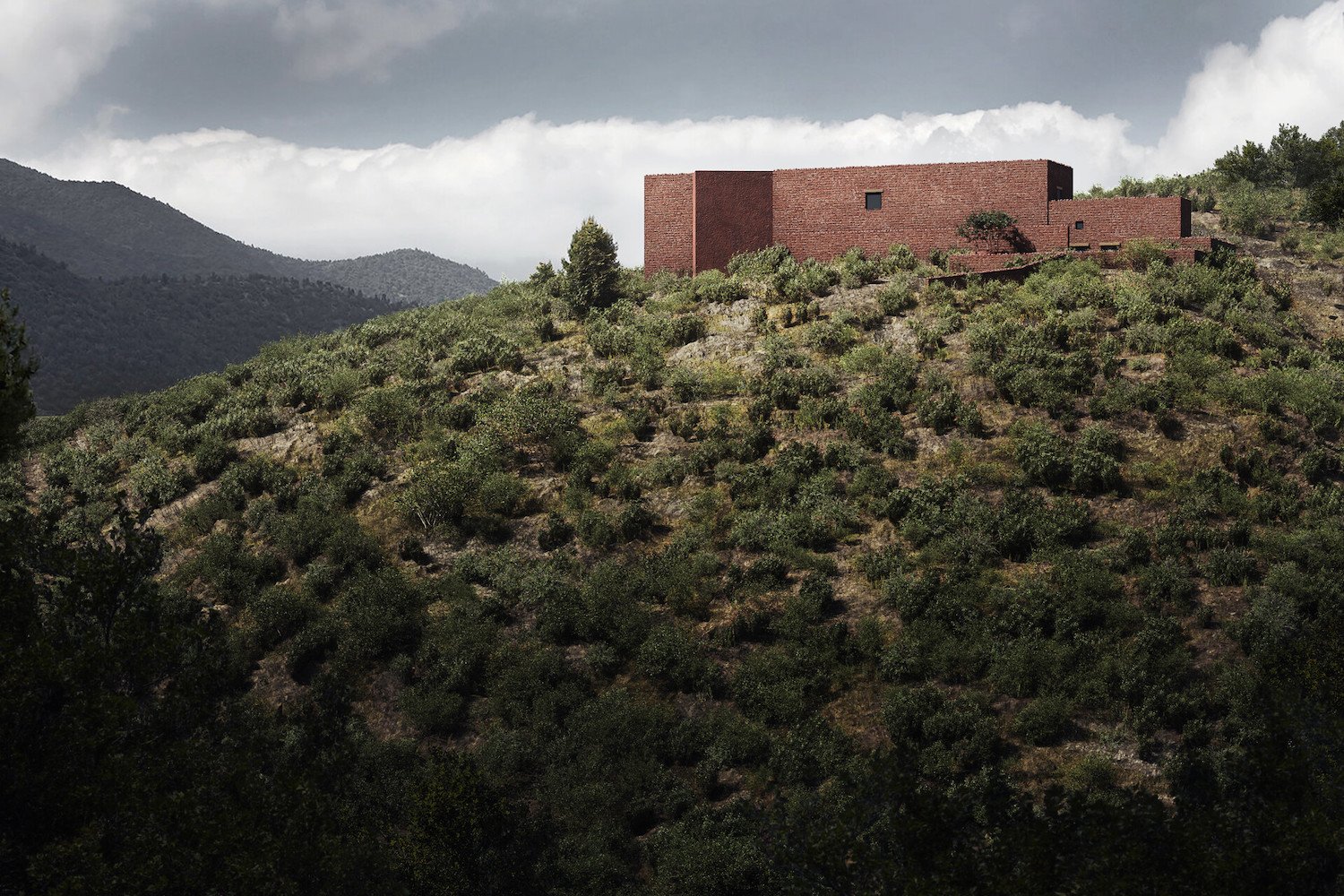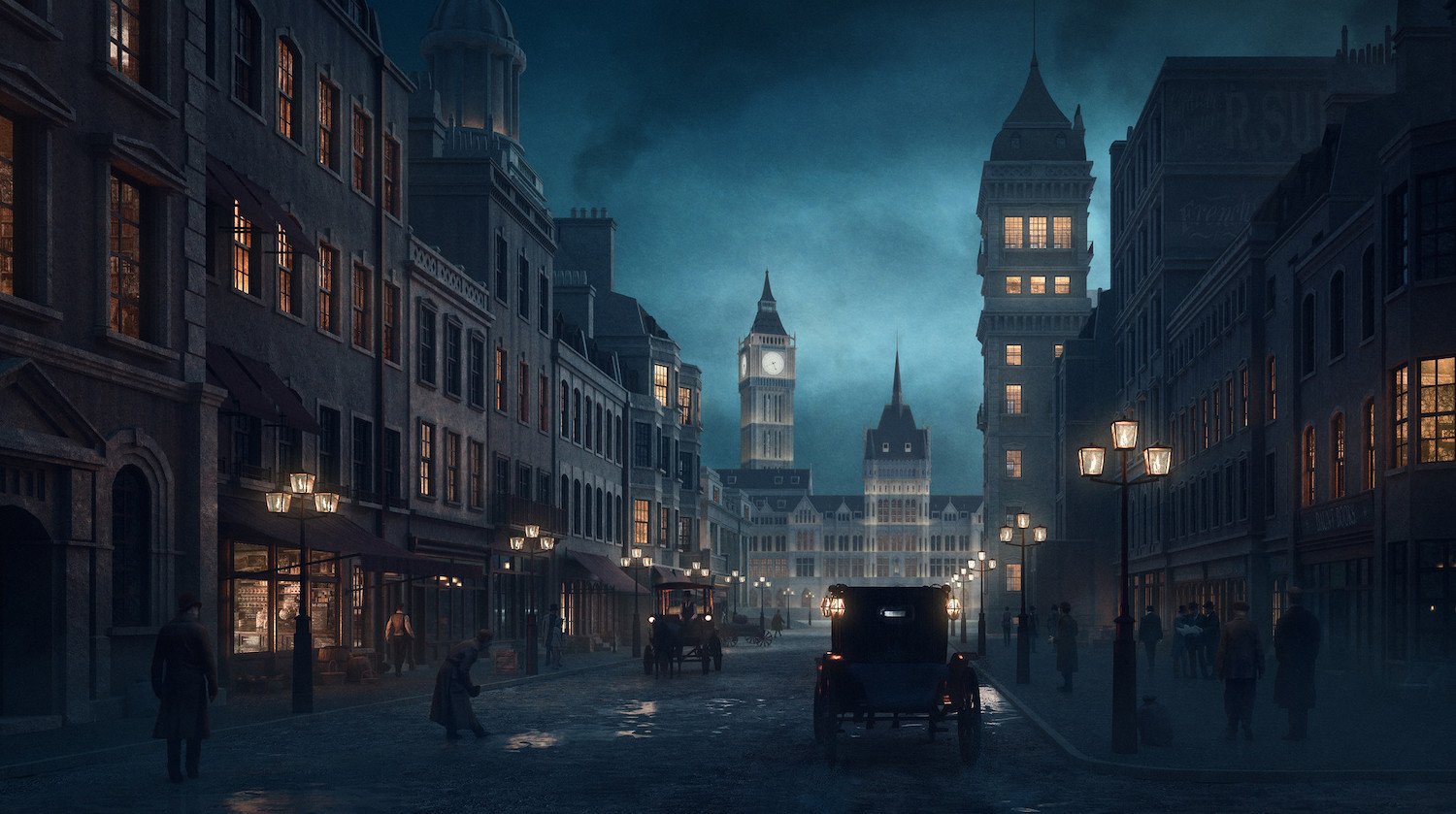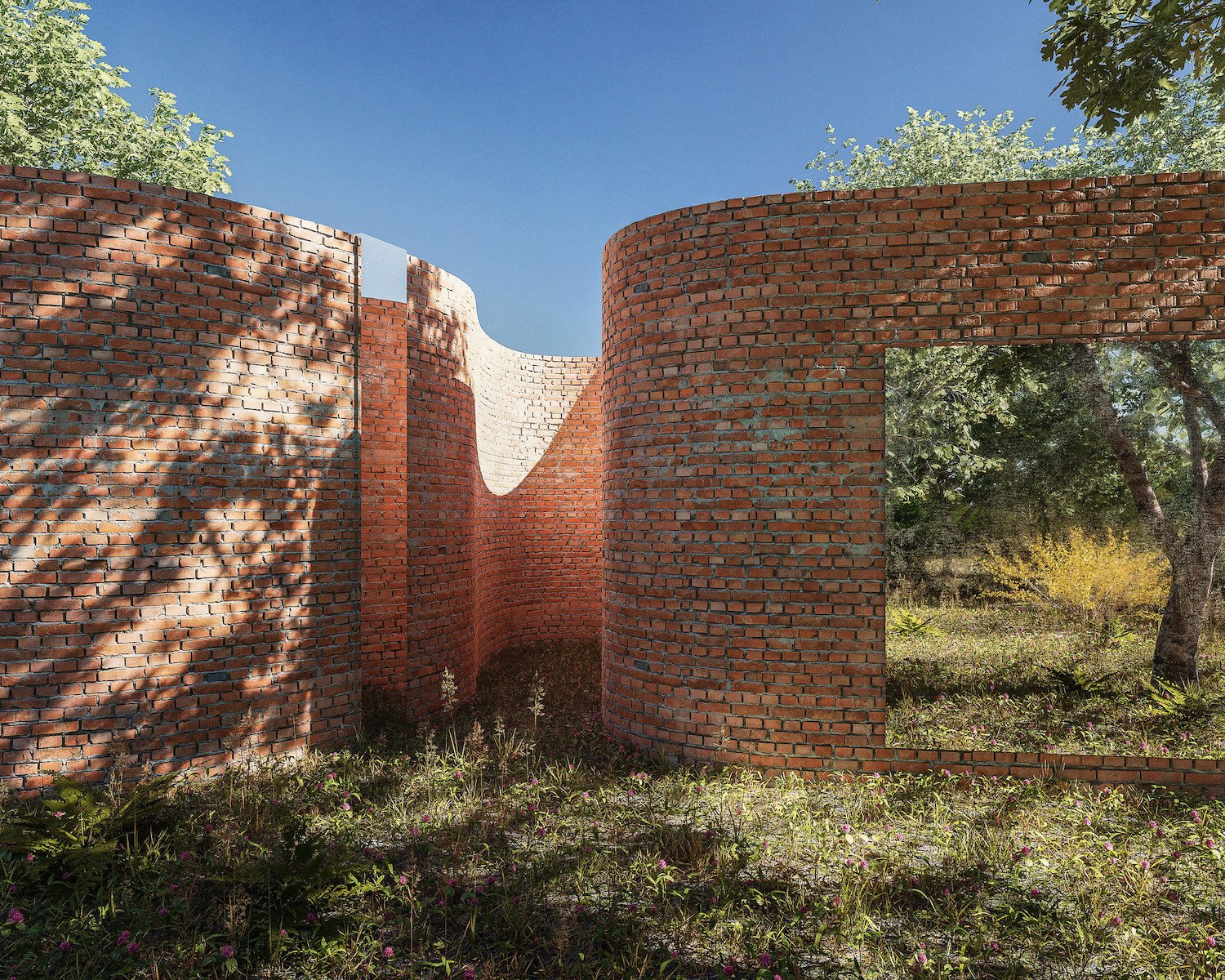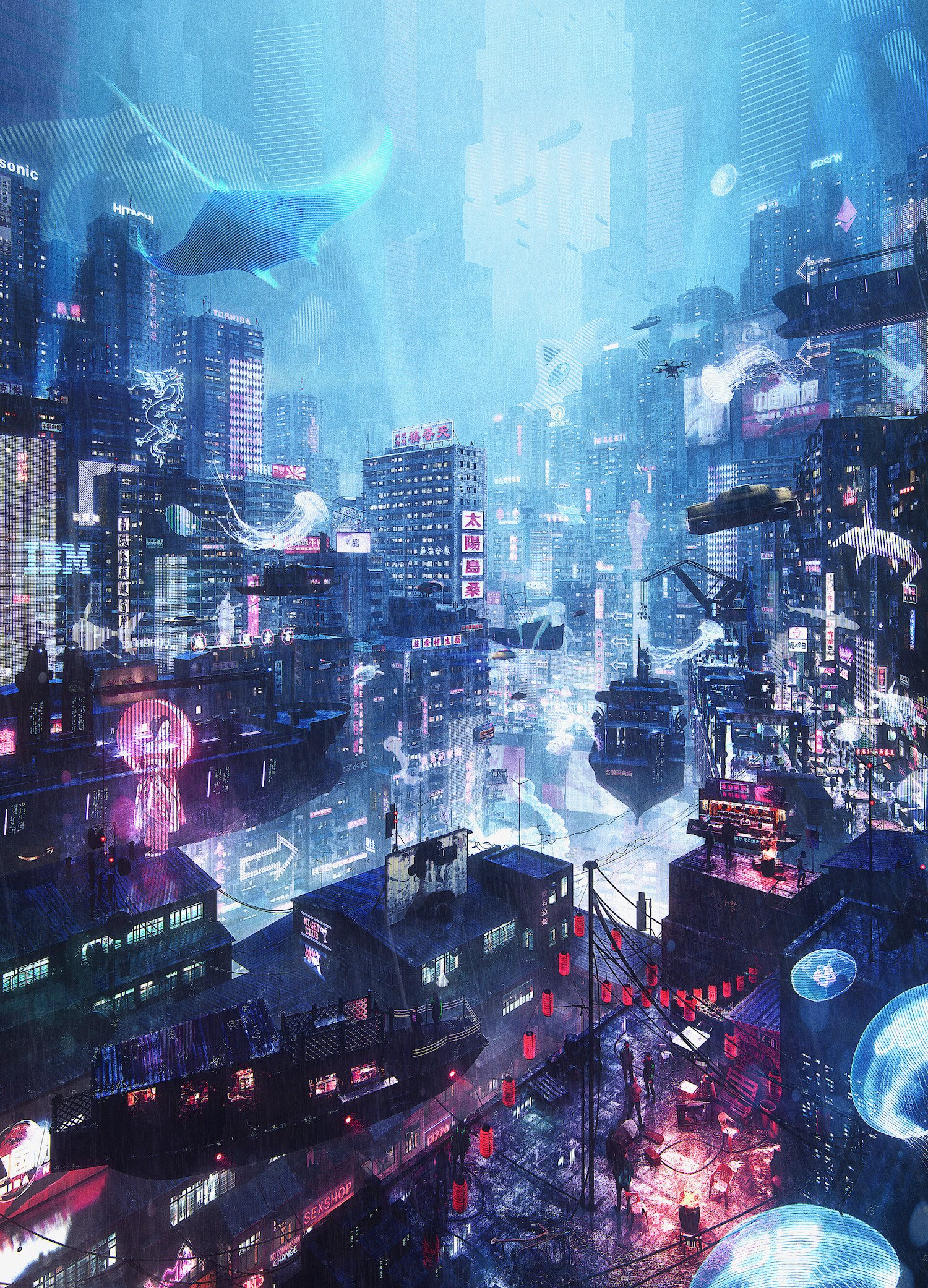Arnaud Imobersteg on the making of ‘The Shanty Stack’
We speak to Arnaud Imobersteg about his project ‘The Shanty Stack’ and learn how careful scene-planning and clever post processing can streamline your workflow.
Click on the black image hot-spots to find the Poliigon assets used.
Q. When did you get into 3D visualizations?
Arnaud: I was introduced to 3D during my architectural studies, working with Sketchup and Artlantis. I loved it immediately! A short while later in 2016, in my first job at a small archviz company, I was introduced to Blender.
Q. What inspires you, as an artist?
Arnaud: I love to create worlds. I love movies, photography, painting, comics. I get inspired by things around me, sometimes from feelings, following other artists.
Sometimes from older times, too - artists like Ivan Shishkin, Piranesi, Escher, Beksinski, to name a few.
Q. What’s been the most important lesson you’ve learned as a 3D artist, that you would pass onto other aspiring artists?
Arnaud: Well, 3D is a fascinating world…one that you can easily get trapped in, through turning around, zooming, etc.
Keep the big picture in mind by planning where you want to go and what you want to look at, to not waste time on less useful angles, or to avoid objects that you’ll never see in the framing.
Since I’m more involved in the illustration side, this also means that there are a lot of things that can be added directly in 2D post processing.
Q. Tell us a little more about ‘The Shanty Stack’.
Arnaud: ’The Shanty Stack’ is one of the latest projects in which I used Poliigon textures. I wanted to try a different style of cyberpunk; something not fully inspired by Hong Kong, for once!
And I like to explore different moody approaches; the slight dissonance that produces the daylight smog in this scene was quite interesting to explore.
Q. What did you learn whilst creating this artwork? Were there any ‘Aha!’ moments?
Arnaud: Indeed! It’s not the best integration of people that I've ever done, but it’s the first time I managed blending the water so effectively.
Having it pre-defined and planned early on allowed me to know exactly which image and angle I was going to use, and helped me design accordingly. In this case, I knew I could use some normal maps in the bumps for the water and re-use that information later on, to mask my reflections in an accurate way.
I used ‘Ground Dirt 009’ for the ground material (I use that one a lot, being quite generic and fitting the scene most of the time) and ‘Metal Corroded Heavy 001’, for mixing or altering different materials. I also use ’Grunge Wall 019’ in a lot of my works, as well as a fair few of their grunge drips overlays for 2D post.
I often use Poliigon materials here and there, as it makes my process faster. In fact, I’ve been using Poliigon pretty much from the beginning.
I find it really handy for architecture, because you have tons of different, very accurately detailed materials, such as concrete; I see Poliigon as a specialist of architecture materials, where you can find stuff that doesn't exist elsewhere.
Other websites will only have 3-5 options, but on Poliigon you can more or less find exactly what you’re looking for. I also find it quite handy to have this Poliigon Material Converter that imports a material directly to your objects.
Q. What are three other artworks people should check out, if they’re interested in seeing more of your work?
Arnaud: Well, I started this pod series inspired from Simon Stalenhag’s works that combines environments with some sci-fi touches, called ‘Roots/Pod’s Field/ Pod on Hilltop’.
Otherwise, I spend quite some time building cities, like my ‘Neo Kowloon’ project I did a few years back, or ‘Victorian London’.



